Currently, there are many types of spray guns available in the market. Each type serves specific functions depending on the application. Based on painting methods, there are six types of spray guns commonly used today. What are these six types of spray guns, and what are their advantages and disadvantages?
1. Conventional Spray Gun
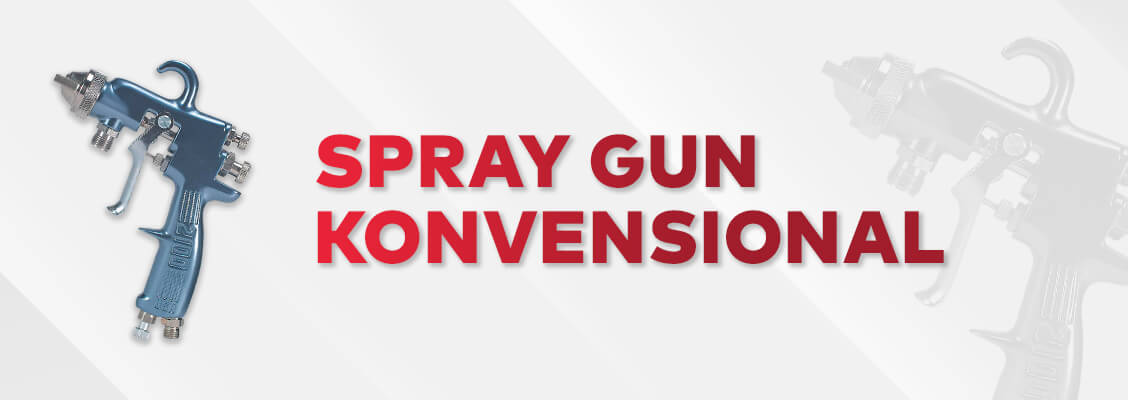
Invented over a century ago, the Conventional Spray Gun, also known as the Air Spray Gun, is still in use today, especially in the automotive field. Generally, Conventional Spray Guns are relatively inexpensive compared to other types.
Advantages:
- High flexibility
- Smooth finish
Disadvantages:
- High overspray levels
- Atomization at 0.2 to 0.3 MPa (30-40 psi) high air pressure, with a transfer efficiency of only 30% to 40%. This means that around 60% of your paint is wasted using this conventional spray gun.
- High VOC waste production, causing significant pollution and health risks.
2. HVLP Spray Gun
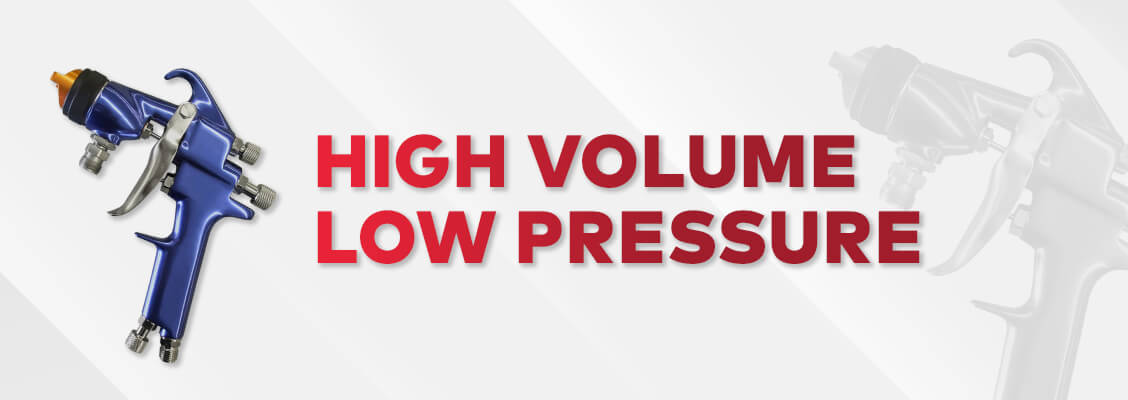
High Volume, Low Pressure (HVLP) spray guns are designed to prevent overspray that occurs with conventional spray guns. HVLP uses lower air pressure, about 0.05 to 0.1 MPa (7-14 psi), while using more air to compensate for low pressure and good atomization.
HVLP spray guns are suitable for varnish, metallic painting, and enamel. They are frequently used for furniture, car repair, and personal projects.
Advantages:
- Paint efficiency between 60-80%
- Versatile applications: varnish, metallic painting, enamel for furniture, cars, and personal projects
- Low VOC waste
Disadvantages:
- Only suitable for low viscosity liquids
- Can damage the tool if used with high viscosity liquids
- Low paint transfer speed
3. LVLP Spray Gun
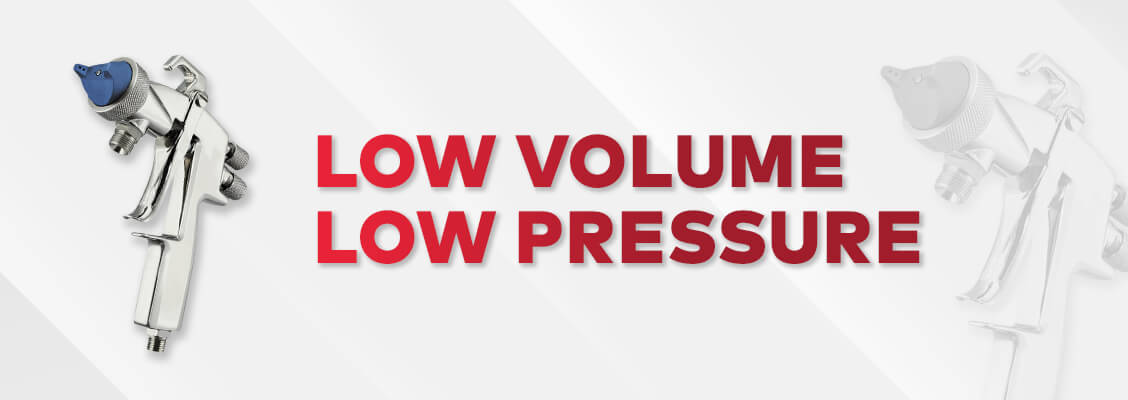
Low Volume Low Pressure (LVLP) spray guns are an evolution of HVLP spray guns. HVLP requires a large air compressor, while LVLP can operate with a smaller one.
LVLP spray guns are ideal for beginners, can use waterborne paint, and have efficiency comparable to HVLP. However, LVLP has a narrower spray coverage and works better with low viscosity liquids, making it best for detailing or small objects.
4. Airless Spray Gun, Hydraulic-pressured-based
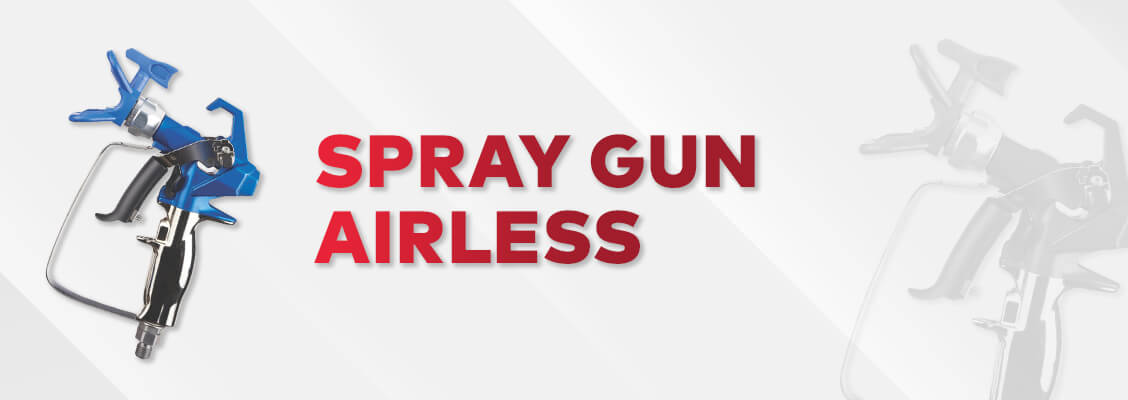
Airless Spray Guns use hydraulic pressure instead of air to atomize the coating or paint, with very high pressure ranging from 10 to 20 MPa (1,500-3,000 psi).
Airless spray guns are suitable for high viscosity coatings and large surfaces like walls, fences, bridges, and ships. Although they offer efficiency similar to HVLP, the finish is coarser, making them less suitable for small, detailed work.
Advantages:
- Can handle high viscosity
- Suitable for large surfaces
- Efficiency of 60-80%
Disadvantages:
- Coarse finish
- Not suitable for detailed work
5. Electrostatic Spray Gun
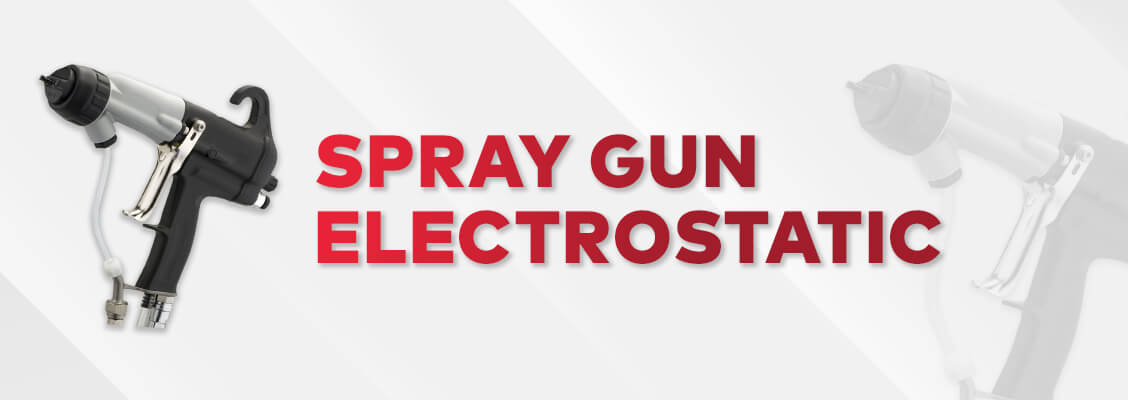
Electrostatic Spray Guns provide the highest transfer efficiency, with high current passing through the gun tip, charging the fluid particles negatively, which then get attracted to the positively charged surface.
Electrostatic spray guns are ideal for automotive primers, base coats, and top coats. However, the high efficiency comes with a high cost and certain limitations, such as the inability to coat plastics without special additives due to the Faraday Cage Effect.
Advantages:
- Very smooth finish
- High transfer efficiency (80-90%)
Disadvantages:
- Cannot be used on plastics without special additives
- High setup and maintenance costs
6. Krigsmann Kroma
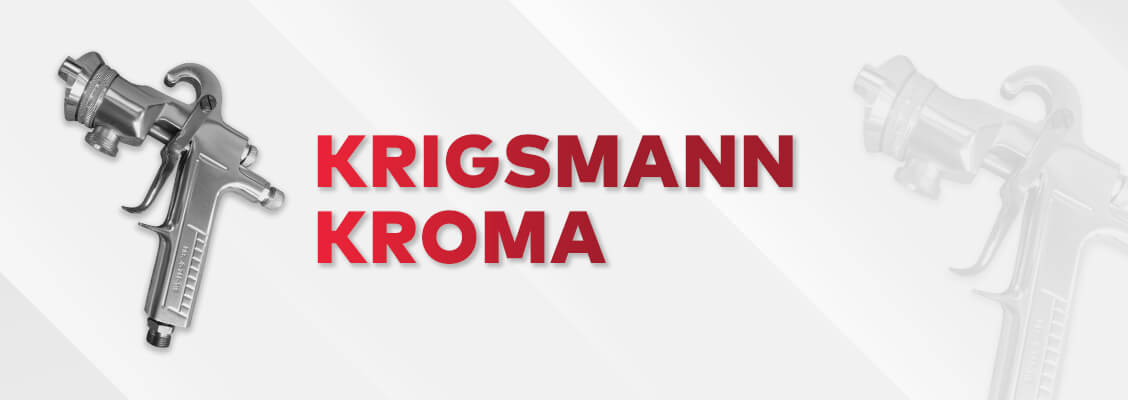
Krigsmann Kroma is the next generation of painting guns, developed with technology from the US and further enhanced by Ford Motor Company. Krigsmann Kroma is designed to revolutionize current painting technology, offering paint efficiency up to 90% and paint consumption savings up to 70%.
Krigsmann Kroma operates with minimal pressure, saving energy, and produces clean air free from oil and water residues, resulting in a perfect finish and drastically reducing defects. With a transfer efficiency of 70%, it also saves paint usage compared to conventional spray guns.
Advantages:
- Paint efficiency up to 90%
- Paint consumption savings up to 70%
- Energy efficient
- Uses turbine technology instead of a compressor
- Produces clean air without oil and water residues
- Very smooth finish

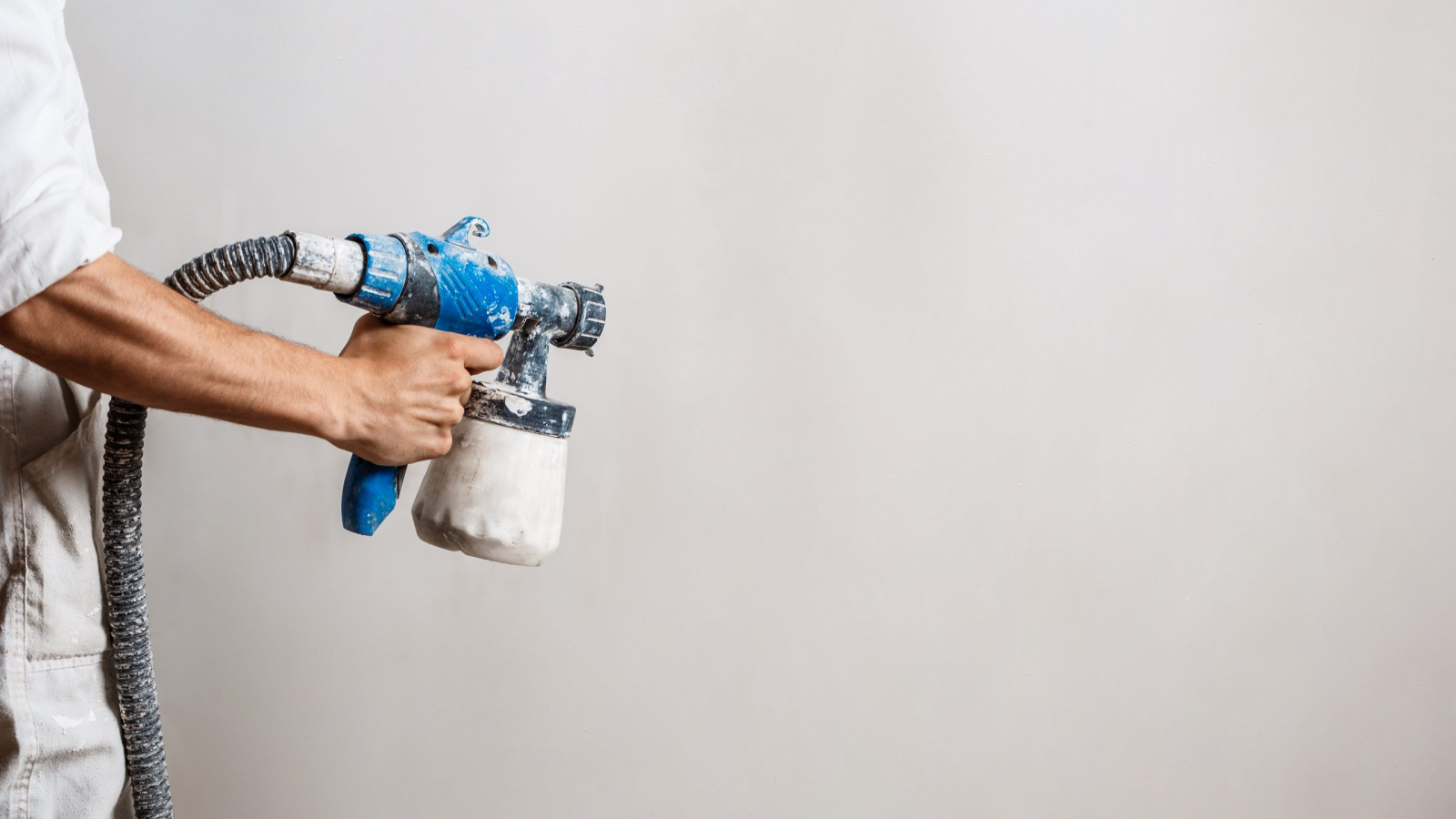
Add a Comment